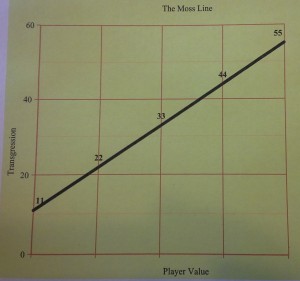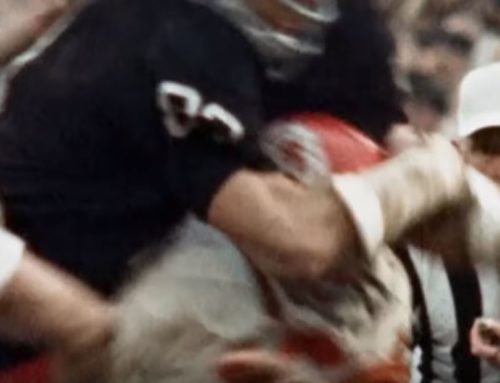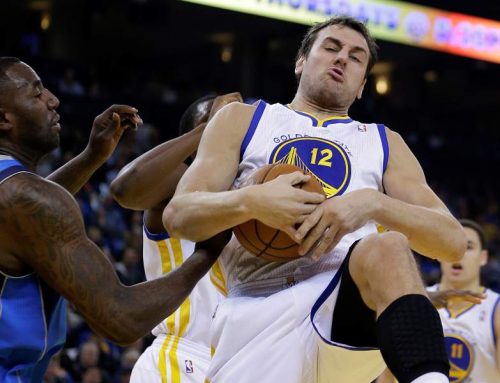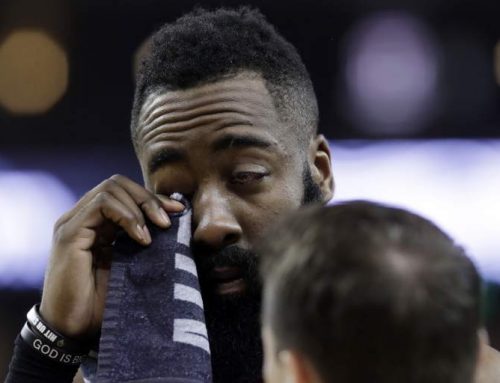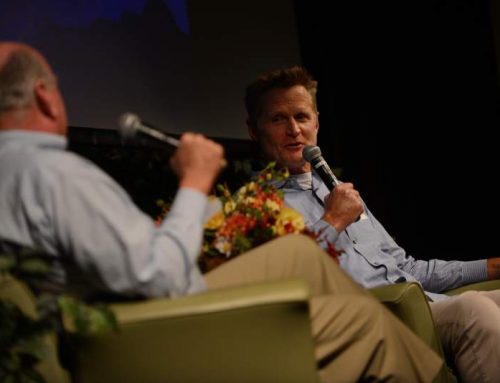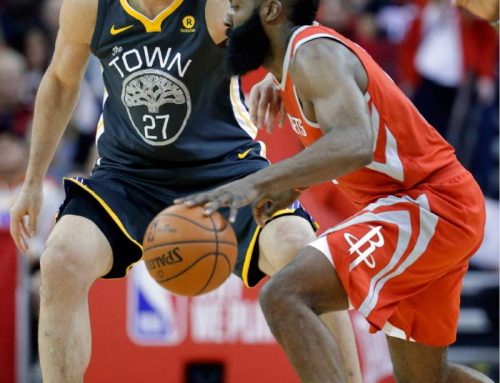As DeSean Jackson recently found out, and as Chris Culliver might soon discover, every NFL player has a maximum degree of latitude in messing up, beyond which his team will not venture.
In fact, you could pretty much represent the concept on a simple line graph. Left to right – the X axis, for those of you turned on by high school algebra – is a player’s perceived talent; fringe special teamer to the far left, Andrew Luck to the far right. The vertical scale would be the level of transgression, from, let’s say, being late to a team meeting at the bottom to Aaron Hernandez-style savagery at the top.
Now draw a straight diagonal from the bottom left corner to the upper right corner. If you find yourself above the line, you may immediately clear out your locker.
The idea, and it’s not presented here as any sort of novelty, is that better players are allowed more deviance in their behavior.
For example, last June, 49ers linebacker Ahmad Brooks reportedly hit teammate Lamar Divens over the head with a beer bottle three times, then punched him in the face. Brooks, a Pro Bowl-caliber linebacker, was not disciplined in any significant way. He certainly was not suspended or cut from the team. If Lamar Divens had smashed a bottle over Brooks’ head and punched him in the face, it’s very likely that he would been kicked off the team. The violent act would have been the same in either case; Divens’ status, however, was far to the left of Brooks’ on our line graph. He would have been over the diagonal line.
You could almost call it the Moss Line. Randy Moss was one of the most dynamic wide receivers in the history of the NFL, yet he managed to wear out his welcome in more than one city. One of those was Oakland.
Moss did some good things in 2005 and 2006, and his teammates generally loved him (as his 49ers teammates did in 2012). But he soured on the regimes of Norv Turner and Art Shell, and wore his displeasure on his sleeve. He sulked. He rounded off routes in crucial situations. As Turner addressed the Raiders in the locker room after what shaped up to be (and ultimately was) his final game as head coach there, Moss was already in the parking lot.
The Raiders finally got rid of him. They didn’t cut him, but they traded him to New England for a modest fourth-round draft choice.
Moss set an NFL record with 23 touchdown catches the next season, and the Raiders were pilloried in the press for midjudging him. Even Al Davis later called it a mistake. But it wasn’t. Moss wasn’t going to catch 23 TD passes in Oakland. He had become a problem, and Davis needed to say goodbye. Moss’ behavior, and his diminishing output with the Raiders, had moved him above that mythical diagonal.
Last week, the same thing happened to DeSean Jackson. We really don’t know much about those alleged gang ties – and honestly, many writers seem to be wading into hyperbolic speculation on that front. But there’s no question Jackson has always been a difficult teammate. He was at Cal, and he was in Philadelphia, where he missed meetings and failed to treat coaches with respect. Jackson was one of the best receivers in the league last year, but he finally became too much of a headache to endure. He, too, drifted above the line.
And what of Chris Culliver?
There’s no denying the guy is a good young cornerback. He was shaping up to be the 49ers’ nickel corner last year until he tore his ACL and was lost for the season, and he appeared to be angling for a starting job this year – until he landed himself on the graph of shame.
You can make your own determination as to where Culliver’s recent screw-ups in San Jose – felony hit-and-run for striking a cyclist, reckless driving, felony possession of brass knuckles and misdemeanor hit-and-run for clipping a car as he made his getaway – fall on the chart, but clearly these are serious offenses, harmful to public safety.
And of course, Culliver has some negative history. His bigoted comments about gays during the run-up to Super Bowl 47 could be chalked up to youth and stupidity, but they were deeply embarrassing to an organization based in the most sexually tolerant area in the country.
The 49ers might not be working off of a line graph, but you can bet they are making some calculations right now, as Culliver twists in the wind. They will evaluate his transgressions and his potential as a cornerback (and perhaps wait to see how the prosecution unfolds), and decide whether he falls on the Ahmad Brooks side of the Moss Line, or on the DeSean Jackson side.
It’s a callous way to do business, but it’s the league we live in.

